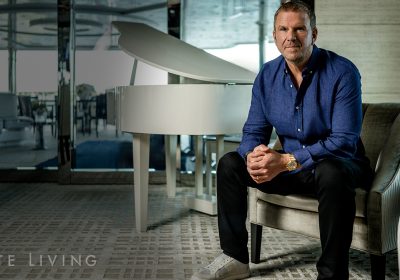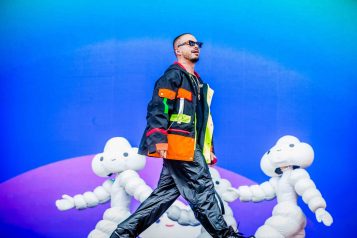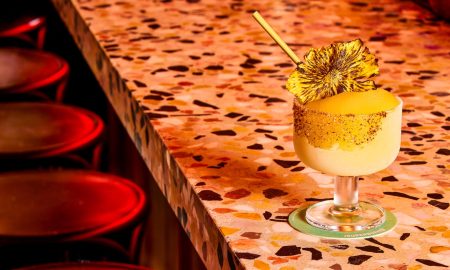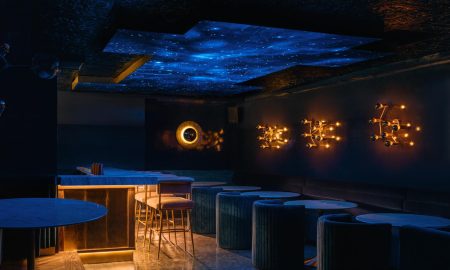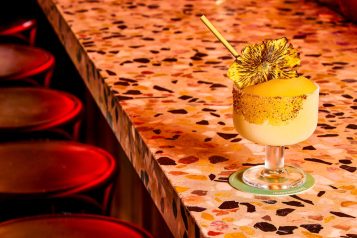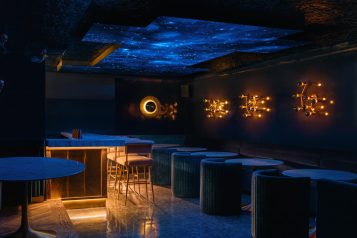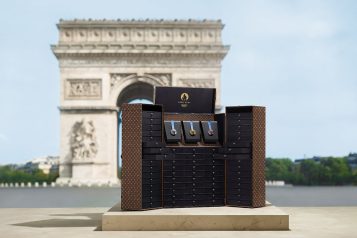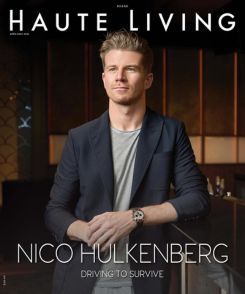Frank Stephenson, the man behind some of the world’s most iconic car designs, has led design teams at Ferrari, Maserati, Alfa Romeo, and McLaren and is responsible for the shape of the exotic Ferrari FXX and McLaren P1 supercar.
We caught up recently with Stephenson to discuss the inspiration and meticulous creative process behind designing the world’s most luxurious vehicles, his quest for aesthetic perfection, and unique vertical move into electric aircraft design with Lilium Aviation.
You have designed some of the most celebrated cars around the world. Can you walk us through the meticulous design process from the concept to production?
It would take about five years of time, but I will give it a stab. We typically receive a request from the marketing department along with information from the engineering department on what type of car they are looking to target and tell us we need the car three years from now. We do a lot of brainstorming sessions and get to work on 2D sketches. We hold out for the longest time to get on computers so we do pen to paper with all kinds of ideas and potential solutions. We find out what it has to look like, which can be difficult in a way predicting the future. We have to lead the way in terms of development and have to find a design that doesn’t age quickly.
From the design stage, we try to lead the design with the marketing, financial and engineering teams and produce the design as a 3D clay scale model to appreciate the shapes and proportions of the design. From there, we go to a full size clay car that becomes a piece of art. That clay model then goes through a phase of testing aerodynamics, feasibility and ergonomics to determine if it can be built. Then it becomes a prototype. We take it to auto shows around the world and show it there.
Which design are you the most proud of?
I have done four cars that are worth at least $1 million. I am never content with my work and always have another idea. The last one I worked on was the McLaren P1 hypercar, which tends to be limited and that makes it a valuable purchase. The P1 for me really made McLaren stand out. A lot of the technology came from race car engineers with aerodynamics being race car based and we were able to turn it into a road car.
The car has three pieces – the front, doors and back end. We reduced the amount of pieces, which is a very expensive way to build a car. We try to design cars that generate excitement. The buyer has to love it at first sight and feel an emotional connection to the product, which is the hardest thing to do in design. The car did well and sold out quickly.
I have designed 14 or 15 in my career. The one that I am most proud of is one that made the most impact and that’s the new MINI. That car turned the tables and convinced people that small cars can be fun and incredibly safe. It reached the most amount of people and still has the hype.
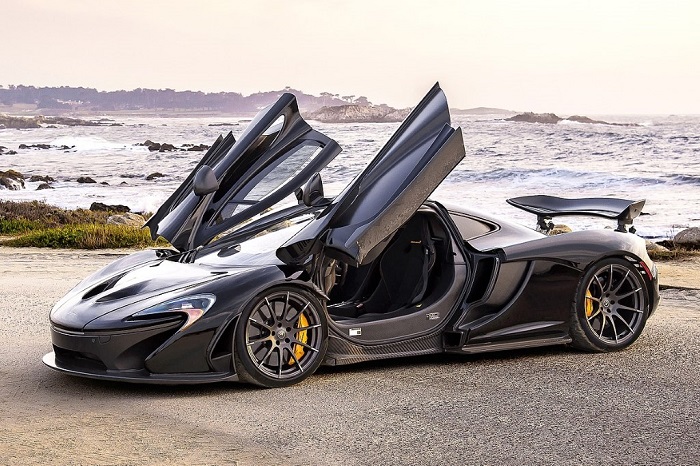 Photo Credit: Siciliy Publicity
Photo Credit: Siciliy Publicity
When you were creating the look of the McLaren P1 and Ferrari FXX, what considerations were you thinking of when coming up with the new designs?
Some people get design inspiration from concerts, furniture exhibits and art, but for me, there is no better mentor than nature. The result has to be the absolute best it can be. In nature, everything has beauty to it. In general, nature provides very aesthetic solutions. I use it all the time when I am starting a project. It provides design inspiration for me. Nature is about simplicity and not exaggeration. When you complicate a design with angles, in a year you will be tired of it.
What are the key ingredients to creating a successful design?
Energy, passion, a wide open mind, curiosity and working with an engineer as crazy as the designer. Nelson Mandela once said, “It always seems impossible until it’s done.” Generally, you can find a way to achieve something one way or another. I hate people who work in a way that they tell you they can’t do something. People in the creative industry are doing it more of a passion than a job. When you have a knack to design well, there is a lot of power to change the world as a designer.
In the new film, “Chasing Perfect,” we get an inside look at your vast history over the years. What would you like viewers to take away from it?
I am really happy that the director guided the film in a way so it didn’t turn into a documentary. I hate seeing myself on the screen. It’s one of the most cringe worthy experiences watching myself, but to impart some creative inspiration or motivation to a younger crowd provides a great method. It’s a great profession to be in and the reception has been very, very good. It’s an inspirational tool to help people along the way being able to show the many things I have learned. You can make it if you apply yourself and determine how bad you want it.
Now, you are working on creating the world’s first electric aircraft, the Lilium Jet. Tell us a little bit about that concept.
It’s a very exciting project. When I was working on McLaren, I was looking for something different, but had to make myself available to the universe. In the right situation, things will come your way. I saw it as the future of transportation. The roads are more clogged; the atmosphere is damaged and there is something wrong with what we are doing. It’s a way to get people from A to B quickly, comfortably and safely. They will be flown by companies that have their own pilots. It’s the tip of the pyramid with the very top element being safety. I am the first designer to work on an aircraft so it’s a chance for me to put a stamp on what these flying vehicles can look like. They will be allowed to fly over cities as low as the crow flies and we are targeting to reach the market no later than 2025.






